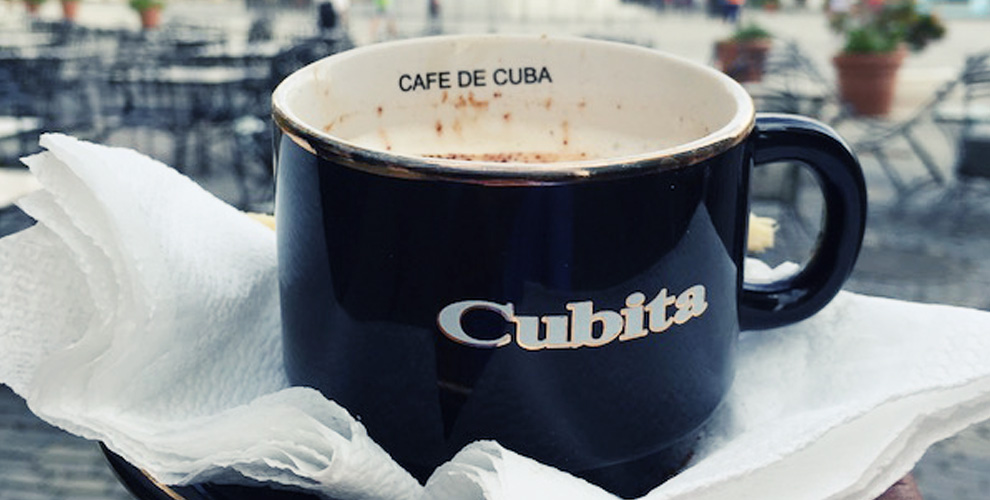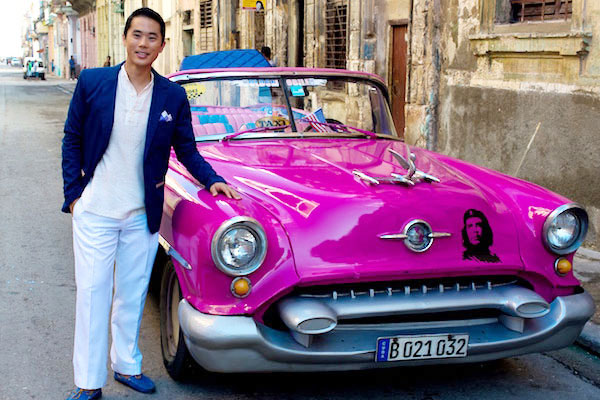I’ve never really understood the obsession with red velvet cake. I don’t find it abhorrent… I just don’t ever crave it. To me, the sponge–with its trace of cocoa–borders on tasteless. Much of the flavour is derived from the cream cheese frosting, which is so heavenly it can be enjoyed on its own without the need for an unnaturally bright, scarlet carrier.
In fact, the red velvet cake’s explosion into mainstream dessertdom is a curious one. Its U.S. heritage is not disputed, although its precise genesis is. Many in the South claim to have been cooking it for generations. An urban legend points to the Waldorf-Astoria Hotel in New York for inventing the cake and charging a customer hundreds of dollars for the recipe. Then some food historians point to a marketing scheme that spread the dish throughout the American kitchen.
The story goes that during the Great Depression, housewives were doing away with extracts and colourings that were deemed unnecessary luxury. To trump up business, the Adams Extract Company came up with a recipe requiring large amounts of food colouring and butter flavouring, then printed it on free recipe cards to hand out at grocery stores with a catchy slogan: the cake of a wife time. On the account of the advertising brilliance itself, this is my preferred version of the tale.
So what’s in this queer sounding cake? Two important ingredients are vinegar and buttermilk. The acidity reacts with the cocoa powder, turning the sponge into a deep, rust-like hue. This is then amplified with the addition of an entire bottle of red food colouring. The velvet part is a reference to the moist, crumbly texture of the cake, achieved from the chemical reaction of the acidic components with baking soda.
Red velvet found its Hollywood moment in the film ‘Steel Magnolias’ in the form of an armadillo shaped wedding cake. It’s hard to say if that helped its modern day resurgence; but add Dolly Parton, creamy frosting and an armor-shelled mammal together, and in my mind you have a recipe for a bakery blockbuster.
These days, you can’t turn the corner without being confronted with red velvet in some form or another. It’s a staple flavour for cupcakes and macaron, brownies and soufflé, even ice cream. Because of its convenient colour, red velvet is popular for celebrations such as Valentine’s and Christmas. Oh, and weddings, of course.
For me, a good red velvet has to be judged first on texture: if it’s too dry or too dense, it’s just not worth eating. Because the best part is the cream cheese frosting, that had better shine. We’re looking for something smooth and dreamy (there’s nothing worse than lumpy frosting).
And then finally there’s the look… a bold-tinted sponge encased in the innocence of white. It really can be quite beautiful, and that perhaps explains why the world goes gaga over red velvet, because don’t we ultimately eat with our eyes?
** A version of this appeared in the magazine Qatar Happening **








